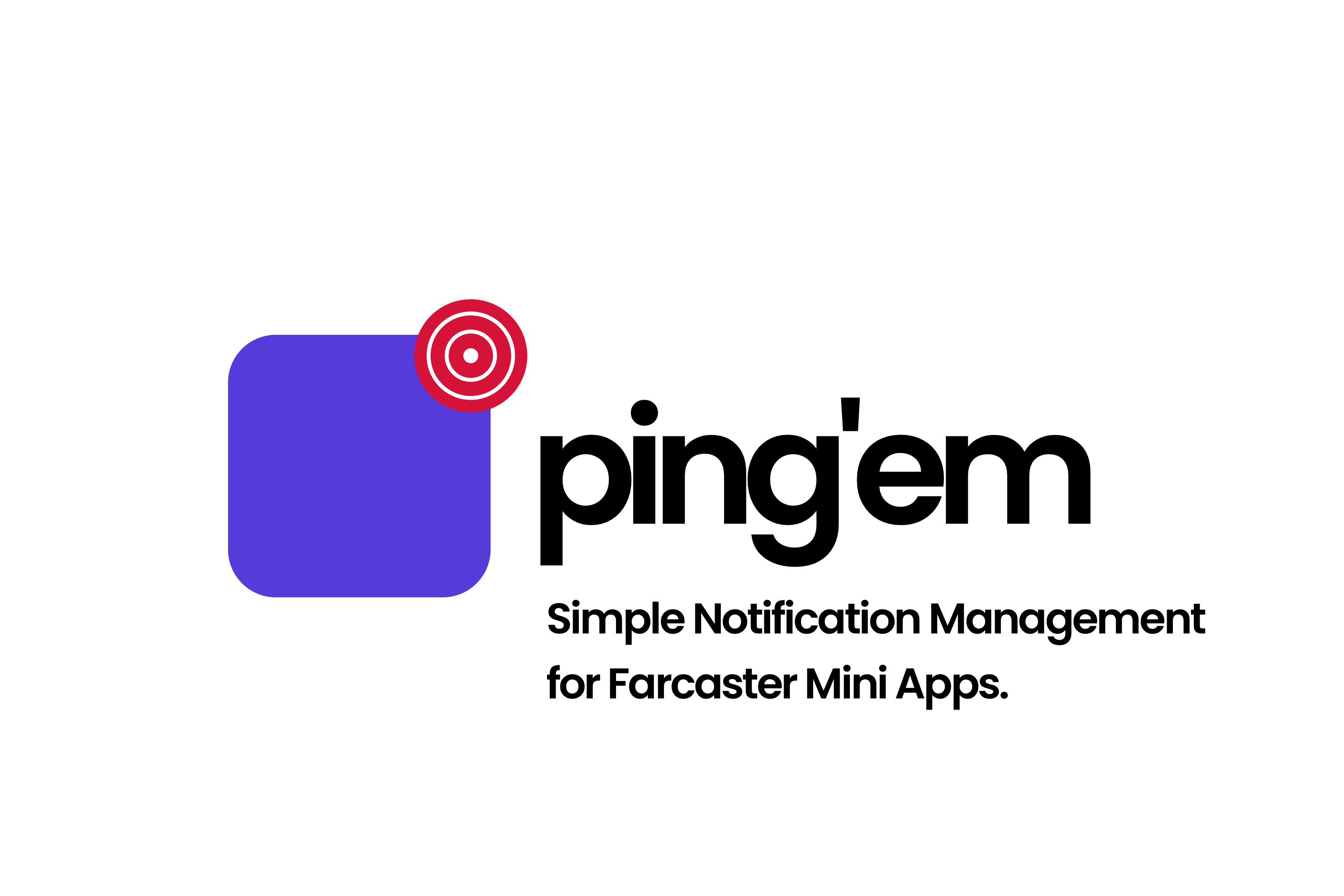vrypan |--o--|
@vrypan.eth
1078 Following
36514 Followers
3 replies
0 recast
5 reactions
3 replies
1 recast
7 reactions
2 replies
0 recast
3 reactions
0 reply
0 recast
6 reactions
5 replies
0 recast
17 reactions
1 reply
0 recast
7 reactions
1 reply
0 recast
4 reactions
0 reply
0 recast
1 reaction
0 reply
0 recast
7 reactions
0 reply
0 recast
4 reactions
5 replies
2 recasts
9 reactions
1 reply
0 recast
0 reaction
1 reply
4 recasts
10 reactions
3 replies
0 recast
5 reactions
1 reply
0 recast
6 reactions
0 reply
1 recast
4 reactions
1 reply
0 recast
2 reactions









